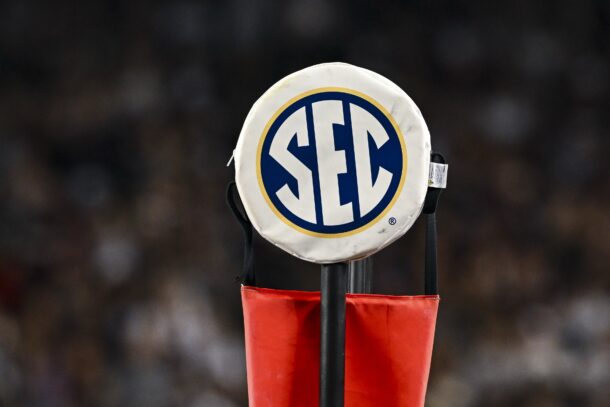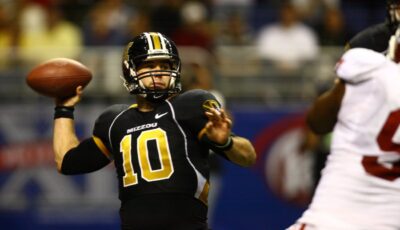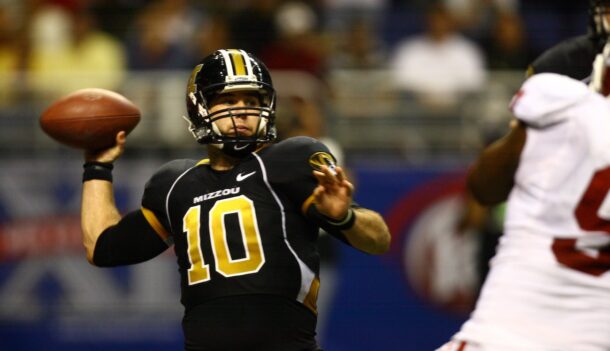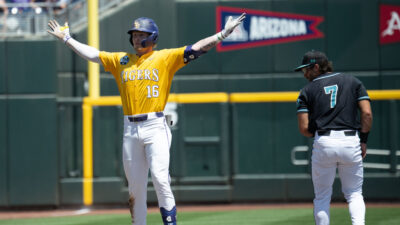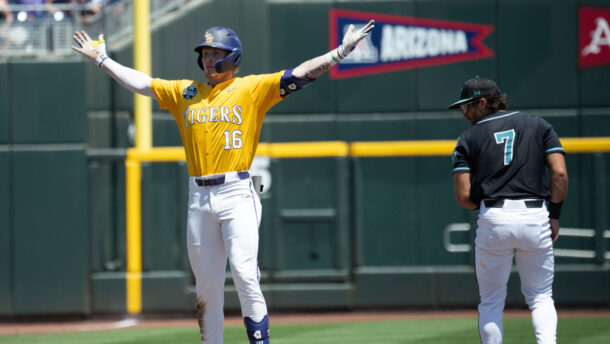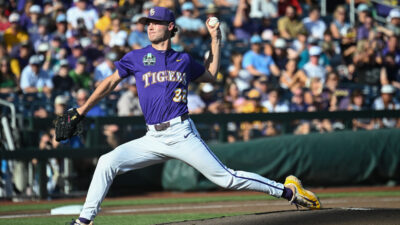AFCA director says it’s a ‘really bad look’ for college football players to fake injuries
By Jake Rill
Published:
Todd Berry, the executive director of the American Football Coaches Association, thinks it’s a “really bad look” for college football players to fake injuries. And it’s possible that could lead to some rules changes in the future.
On Tuesday, Berry spoke at the final day of the AFCA’s annual convention (being held in Nashville), and this was one of the topics that came up, according to ESPN’s Adam Rittenberg. Berry said the ethics committee has approached the NCAA rules committee about the issue, and that one possibility is that teams could be charged a timeout if a player fakes an injury.
The reasoning behind a player acting injured, even if he really isn’t, is that it can stop the clock without using a timeout.
It’s been an issue for a while, as coaches were reportedly warned last offseason that new punishments could be coming if this doesn’t stop happening across the sport. Perhaps that will lead to the change brought up by Berry this week.
Rittenberg also tweeted that Berry suggested a “Targeting 1/Targeting 2 model” for targeting calls, which would help define malicious intent. Currently, all targeting penalties lead to that player being disqualified for the rest of the game.
While nothing has been made official regarding these potential changes, it could be something to watch for this offseason.
Jake Rill contributes to news coverage for Saturday Down South. He has covered the SEC since 2016.
